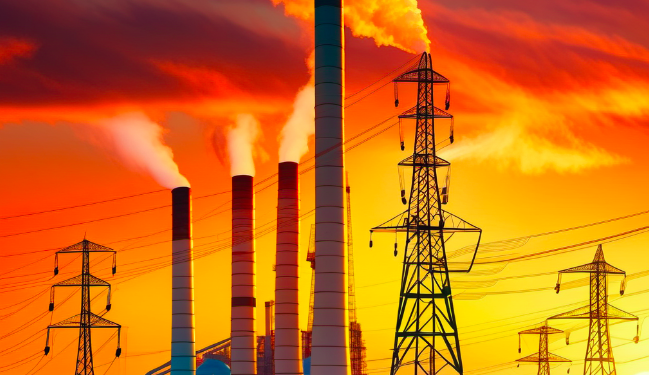Murmurs of billions in annual revenue from carbon credits for the African market have regulators, investors, startups, financiers and the commercial ecosystem grappling for a piece of the pie.
Africa is home to breathtaking landscapes and diverse ecosystems which make us a carbon sequestering powerhouse. Understandably so, carbon regulations and expectations are mounting given that the carbon market is viewed by multiple quarters as the “largest commodity in the world with the potential to be ten times the size of global crude markets.” This presents numerous opportunities for multiple actors to cash in. However, a lack of context specific knowledge can leave stakeholders floundering in the dark. It can also, unfortunately, leave Africans with the short end of the stick.
Through this series, I hope to debunk the complexities surrounding carbon credits and the carbon market, as well as the misconceptions. I want to elevate the discourse empowering local individuals, organisations and actors to meaningfully engage in this rapidly evolving space.
First, let’s focus on understanding what a carbon credit is and how it relates to carbon offsetting.
A carbon credit is a quantified reduction in greenhouse gas emissions (GHGs), typically equivalent to one metric ton of carbon dioxide. It can be generated through the avoidance or the removal of greenhouse gas emissions.
- We avoid emissions when we prevent future carbon from being released into the atmosphere – by implementing renewable energy and sustainable waste management practices.
- We remove carbon when we eliminate existing carbon emissions that have already entered the atmosphere through absorption. The typology of carbon removal can be natural, such as enhancing forest cover and other carbon sinks to pull carbon out of the atmosphere. Alternatively, it can be engineered by using specialized technology to extract carbon from the atmosphere.
Every unit of carbon avoided or removed generates demand and can be sold like any other commodity in an open market. The market for carbon credits can be explored from the point of compliance or voluntary. The compliance market is regulation-driven where compliance entities are required to meet specific emission reduction targets set by their governments and international agreements such as the Paris Agreement.
A great example of this is the European Union (EU) Emission Trading System. Simply put, the EU sets caps on the maximum level of emissions and creates permits, or allowances, for each unit of emissions allowed under the cap. These caps are informed by scientific evidence of the emissions cuts needed to limit climate change, and meet the Paris Agreement target of keeping temperature rise well below 2°C this century.
The voluntary market is driven by carbon offsets, where organisations actively trade in carbon credits. When a company produces a carbon credit, they generate a carbon offset that another company can purchase to reduce their own carbon footprint. Once an offset has been produced it can either be kept by the company that generated it (through an avoidance or removal project) or traded in the voluntary carbon market.
- Carbon Credits are a measurement unit to cap emissions
- Carbon Offsets are a measurement unit to compensate businesses for their elimination of emissions
Of the two, the voluntary market is much more complex and controversial and will be the topic of the next article in this series.
If you’re keen to understand the elusive world of carbon and how you can strategically engage, keep reading our carbon series where we dig deeper, challenge ideologies and navigate the intricacies of this dynamic landscape.
RELATED;
Kenya’s Thriving Carbon Credits Market Sees 2nd Major Transaction in 3 Months
Kenya’s Strategy for Carbon Market Dominance
About the Author:
Dr. Yvonne Maingey-Muriuki is an expert in climate change adaptation, with over 15 years of combined academic and practical experience. She is an advisor to multiple entities including EABL, NCBA Group, Bamburi Cement, Nairobi Securities Exchange (NSE), Save the Children, Oxfam and major players in the Tea Sector in Kenya, in climate risk, climate finance, sustainability and ESG reporting. Dr Yvonne is also Cofounder and CEO of Klima Harvest, a new global marketplace, exchange, and auction platform for high integrity carbon credits generated in Africa.



